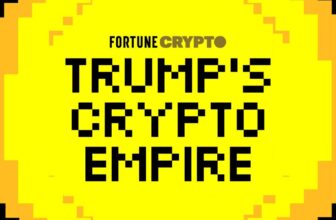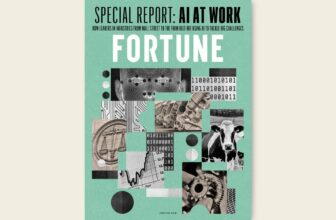US regulators are approving bank mergers at the fastest pace in more than three decades under the Trump administration, breaking a long-standing logjam in the fragmented industry.
The average time to complete a deal after its announcement has fallen to four months this year, the shortest since at least 1990, according to S&P Global data. Under the Biden administration the average time for approval peaked at almost seven months.
The quicker approvals are removing what dealmakers saw as a major impediment to consolidation among the country’s more than 4,000 regional banks. The trend has been highlighted by four recent deals worth more than $24bn collectively.
“There is now far less uncertainty on regulatory approvals and the timeline to get them, which can now be as fast as 3-6 months, even for larger transactions,” said Seth Lloyd, a partner specialising in financial services at Centerview Partners. “That’s proving to be a powerful accelerant for bank M&A.”

Nearly 150 bank mergers worth about $45bn have closed so far this year, putting 2025 on track to be the industry’s busiest year for deals since 2021.
“The deals that have been announced all would have been approved by the prior administration. What is different is the time of approval,” said John Esposito, global co-head of Morgan Stanley’s financial institutions division.
Larger deals receive more scrutiny. Capital One’s $35.5bn takeover of Discover Financial this year, one of the industries biggest deals since 2008, took more than 12 months to close before it was approved in April.
Other recent deals include PNC’s $4.1bn purchase of Colorado’s FirstBank and Fifth Third’s $10.9bn all-stock acquisition of Comerica. Huntington Bancshares this week announced a $7.4bn deal to buy Cadence Bank, a regional lender with $53bn in assets, just days after it completed its $1.9bn purchase of the Texas-based bank Veritex.
“If you have protracted approval processes, it can leave everybody in suspense. That’s counter-productive to the business interests, long term, of shareholders and everybody else,” Stephen Steinour, chief executive of Huntington, told the Financial Times.
The number of US banks has been shrinking for decades, from about 9,000 20 years ago to some 4,400 today. But the market remains far more crowded than in countries such as the UK or Canada, where a handful of lenders dominate.
“We’re not in an anomalous period right now . . . I think we’ve just gone back to what always was, after a period of years that was just a mess,” said PNC chief executive Bill Demchak.

Bank executives and dealmakers have long argued that smaller lenders need to merge to compete with the US megabanks — JPMorgan Chase, Bank of America, Citigroup and Wells Fargo — which hold more than $1tn in deposits.
Banks typically benefit from scale as they can spread the high fixed costs of marketing, technology and compliance across a larger customer base.
Mid-size banks also face pressure from activist investors. HoldCo, a small Florida-based hedge fund, pushed for Comerica to explore a sale before its deal with Fifth Third.

HoldCo has disclosed investments in three other regional banks — Eastern Bank, First Interstate and Columbia Bank, though it does not always push for a sale. Their argument is that some banks are under-earning and overcapitalised.
“Deposits today and in the years to come are more valuable than they have been in years due to the new interest rate paradigm,” said HoldCo co-founder, Vik Ghei.
One obstacle to dealmaking is where banks have unrealised losses on loans and assets such as US Treasuries that were acquired when interest rates were low. These need to be realised in any sale.
But these assets will gradually roll off bank balance sheets and can be reinvested in higher-yielding alternatives.
Eric Neveux, a senior managing director at Evercore, said he was the busiest he had ever been in his 25-year career. “We’re in a window where there is a real sense of euphoria about increased levels of bank M&A of all sizes,” said Neveux. “There’s a consolidation wave happening and buyers don’t want to miss it.”















